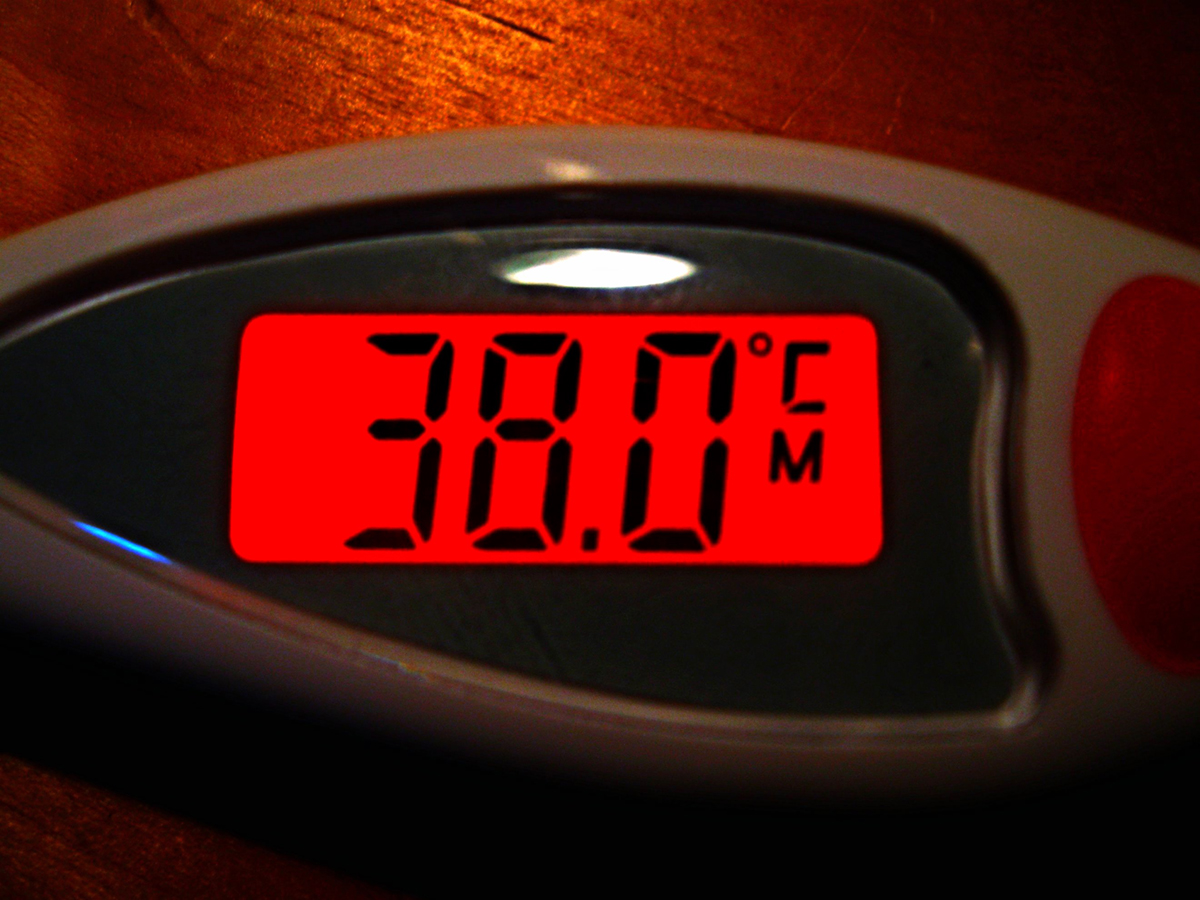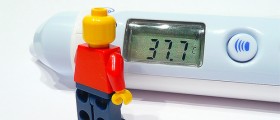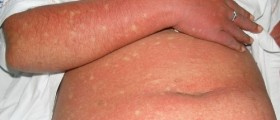
Information on Fever
Fever is one of the most common medical conditions as it is actually the body’s natural response to different sorts of infections and other harmful factors. All children experience fever at some point in their lives so they are not always a cause for panic. Fever can be defined as forehead temperature above 100.4 degrees Fahrenheit, ear temperature above 100.4 degrees Fahrenheit, armpit temperature above 99 degrees Fahrenheit, oral temperature above 100 degrees Fahrenheit or rectal temperature above 100.4 degrees Fahrenheit.
Common Causes of Fever
The most common causes of fever in children are urinary tract infections, bronchiolitis, croup, ear infections, gastroenteritis, colds and other types or bacterial and viral infections. In some cases, infants may also experience fever triggered by teething. If a child gets wrapped up in excessive amounts of blankets or clothes that too may cause the onset of fever. The most accurate method of measuring a child’s temperature is the rectal one, but most people stick with measuring the temperature in the mouth, since the rectal method may feel awkward in some cases. There are a large number of people who prefer to measure the temperature in the armpit, but unfortunately this is not among the most accurate methods of measuring the temperature. The methods which involve measuring the temperature on the forehead or in the ear are even less accurate than all of the methods described above.
Thermometers
Digital thermometers are always a better option for measuring the temperature of a child than their glass counterparts because they are inexpensive, accurate and they are not involved with the risks of exposure to mercury. Glass thermometers also need to be shaken well before use. Pacifier and plastic strip thermometers can also be used, but they are not that accurate.
To Treat or Not
It is not always recommended to treat the fever, because fever may be accompanied by other symptoms as well. If a child suffers from fever, there is always the need for evaluation from a professional healthcare provider. Most cases of fever can be treated easily at home, using simple remedies, but severe cases may require hospitalization and professional healthcare.
Treatment options
Fever can be treated by using a vast array of different medications and the most common ones include ibuprofen and acetaminophen. These are very efficient in making it much easier for the child to endure the tedious medical condition. The child needs plenty of rest and as much fluids aspossible.

















Your thoughts on this
Loading...